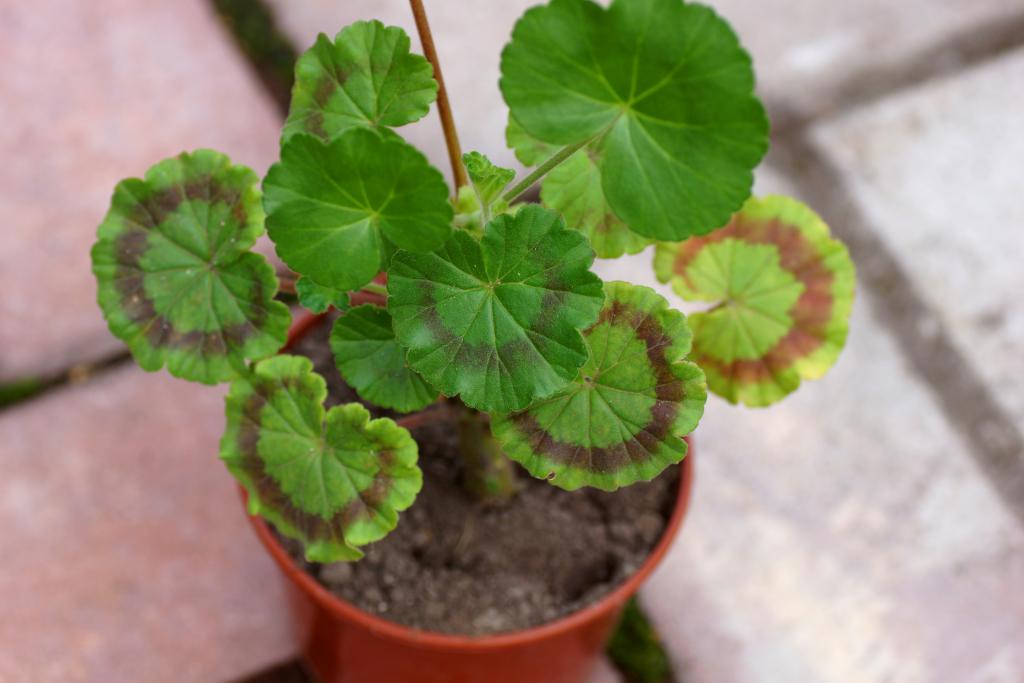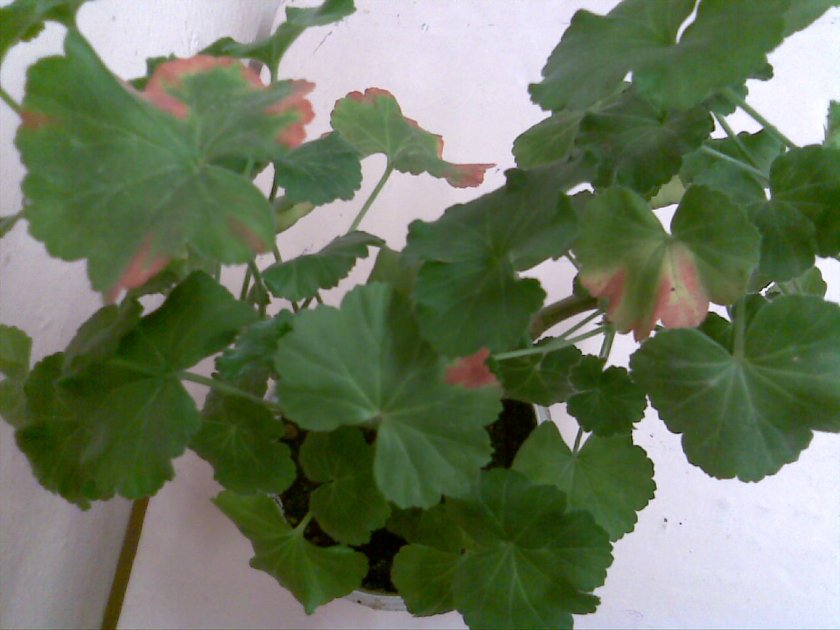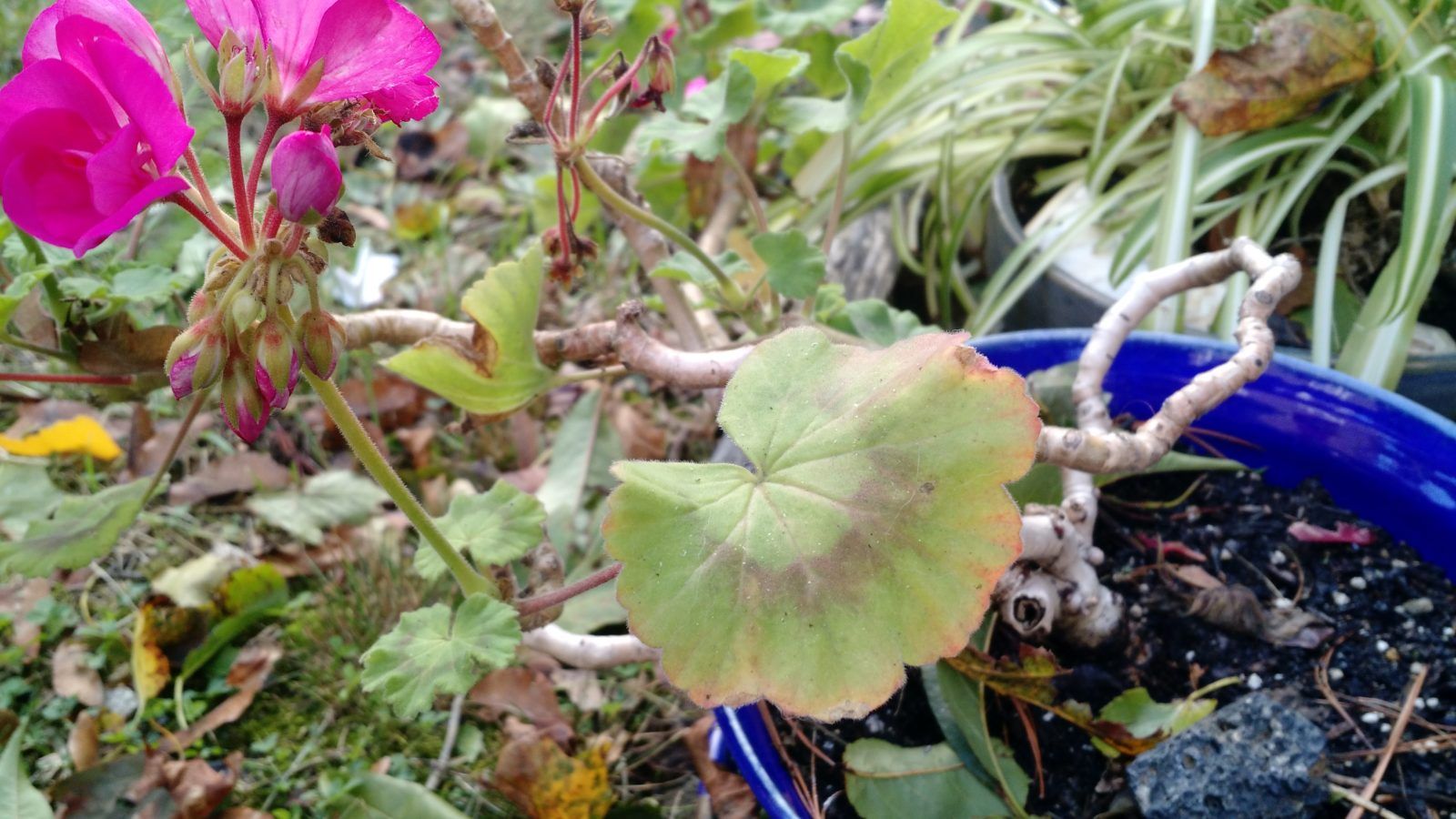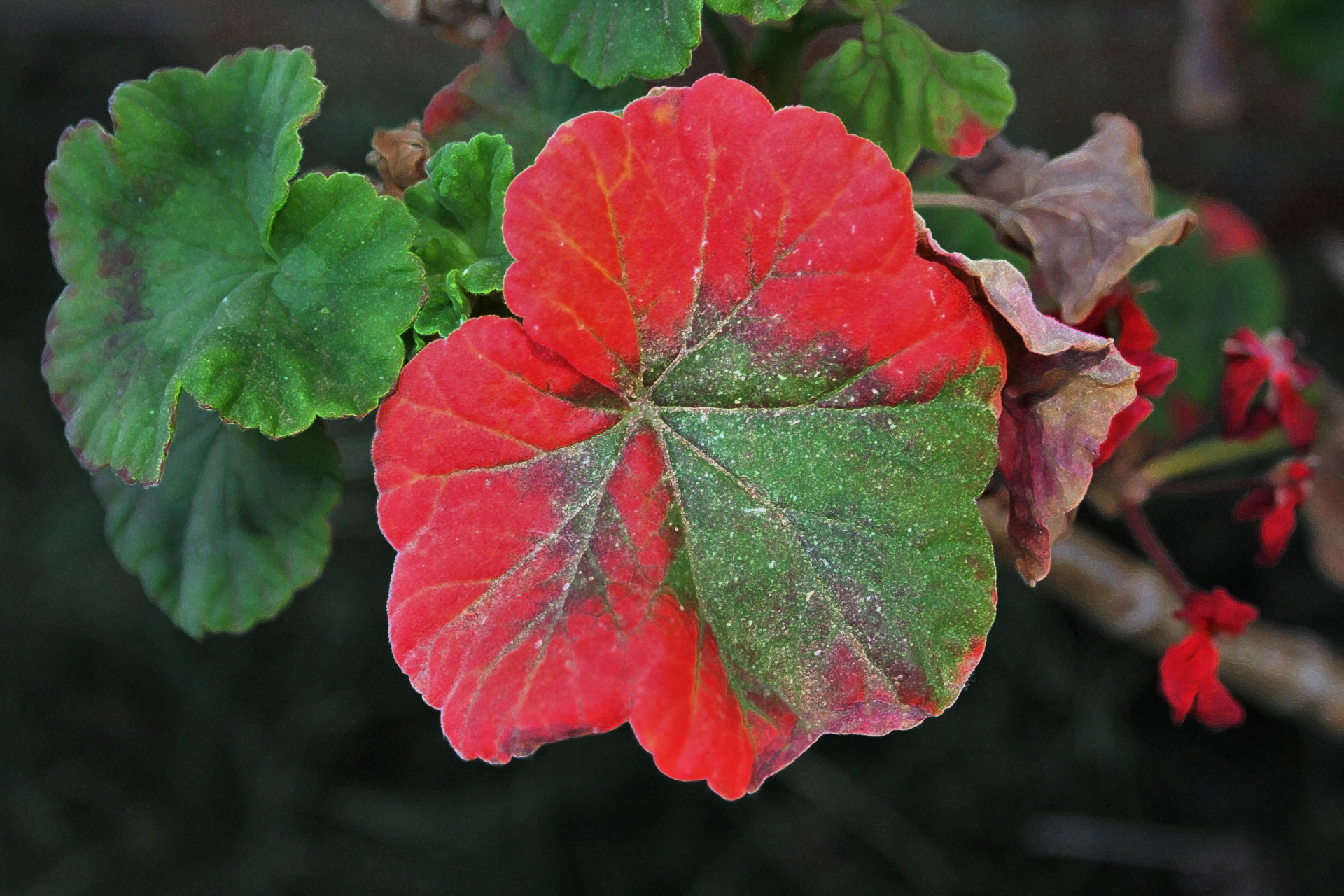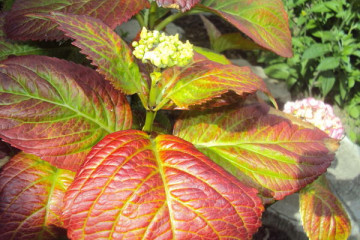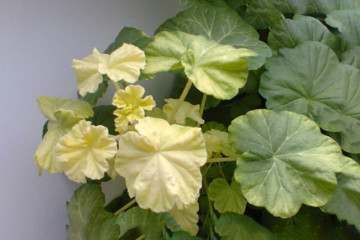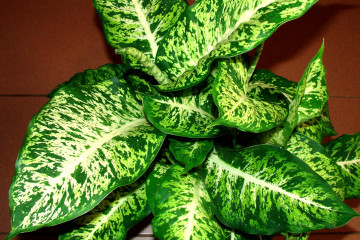Why geranium leaves turn red - causes and treatment
Content:
Geraniums are often grown on the windowsill in almost every home. The flower takes root very quickly and can grow in the garden. If the rules of care are not followed, the plant is often exposed to diseases and can dry out. Therefore, you need to know why geranium leaves turn red and how to deal with such a problem.
The main causes of reddening of leaves in room geraniums around the edges, spots or below
The reasons why geranium leaves turn red can be various factors.
Root rot caused by over-watering
Improper watering and excessive moisture can lead to root rot. This disease in a short time can lead to wilting of the geranium bush. The first symptoms appear in the form of red stripes on the leaves along the edges, after complete infection, the foliage becomes dark red.
Excess sunlight
Often, geranium leaves turn red if the place for a flower is strongly illuminated by the sun. Sun exposure can destroy the structure of the leaves and cause burns. The plant does not receive the required amount of oxygen, as a result of which red spots appear.
Lack of nutrients
Another reason for the reddening of the leaves in pelargonium may be a lack of certain substances in the soil:
- Nitrogen is needed to increase green mass. With a lack of substance, young leaves do not grow, and the lower parts of the bush begin to feel oxygen deficiency. As a result, red spots appear on the leaves below.
- Zinc is essential for the growth of young shoots. Lack of substance leads to the appearance of pink stripes and deformation of the leaf.
- Phosphorus is essential for bud formation. With a lack of an element, the leaves and shoots of the flower turn red.
A lack of nutrients can not only reduce plant growth, but also lead to weakness and lack of young shoots.
A large number of dressings
Excessive fertilization can damage the indoor flower in a short time. The plant weakens, the lower leaves may turn yellow or become covered with red or brown spots. In winter, geranium is at rest; in spring, fertilization must be increased for a quick set of green mass.
Diseases and pests
Another common reason why geraniums have red leaves is viral diseases. The causes of diseases can be the lack of necessary care and fungal infections that arise as a result of improperly selected soil.
The plant also weakens when attacked by pests such as aphids or spider mites. Insects most often feed on plant sap and reduce the amount of oxygen in the leaves. This leads to the appearance of yellow and red spots.
Geranium leaves turned red on the street, why is this happening
The horticultural crop is not protected from the effects of low temperatures. With frequent watering, the flower can negatively tolerate excess moisture, which is expressed in the form of fungal diseases. The plant is covered with red foliage if it is planted in open areas that are not protected from direct sunlight during the day.
What to do to save the red-leaved geranium
To prevent the death of the plant, it is important to take the necessary measures in a timely manner. Ways to eliminate red foliage on pelargonium bushes depend on the cause of the problem.
Transplant flower
This method is used in cases where the plant is over-watered. When the root system is infected with rot, reducing the intensity of watering is not enough, it is necessary to transplant the bush into new soil. Before that, you need to carefully examine the roots, carefully cut off the affected areas and sprinkle with charcoal.
Algorithm of actions for transplanting a bush:
- Prepare the pot, carefully examine the root system. If the roots have entangled all the soil in an old pot, geranium requires a more spacious container.
- Place a drainage from coarse sand or crushed stone at the bottom of the pot.
- Pour in the nutrient mixture. It can be store-bought or self-made. In the second case, you should mix 2 parts of deciduous soil, 2 parts of humus and 1 part of fine sand.
- Fill the pot with soil halfway and carefully place the geranium bush. Sprinkle with nutrient mixture and tamp a little.
After transplanting, it is necessary to thoroughly water the culture and put it on the windowsill.
Correct care errors
To prevent the appearance of red leaves, you should carefully review the care of the bush. An indoor flower must be watered every 3-5 days. It is also important to ensure that the plant is not exposed to drafts and sudden drops in temperature.
Prevention of the appearance of red leaves in geraniums
In order for pelargonium to bloom and not be exposed to diseases, it is important to take preventive methods:
- transplant and fertilize in a timely manner;
- avoid frequent watering;
- in the spring, after the culture begins to grow, it is necessary to remove the damaged areas and pinch the bushes.
It is important to use drugs against pests in a timely manner. Most often, the first symptoms of their appearance are hidden on the back of the leaves, so it is important to regularly examine the flower.
Geranium is often grown on windowsills, as the plant can purify indoor air and is easy to maintain. However, red leaves may form on the bushes. The causes are various factors, including diseases. To prevent problems, it is important to closely monitor the plant and follow the rules for caring for the flower.
